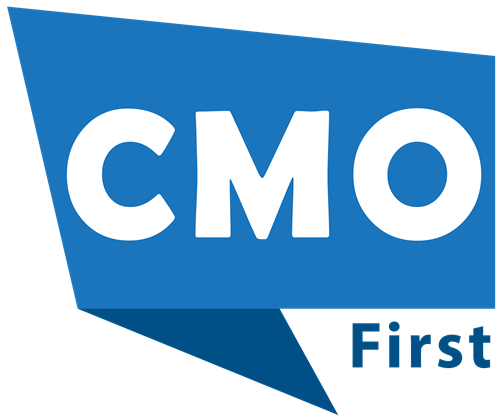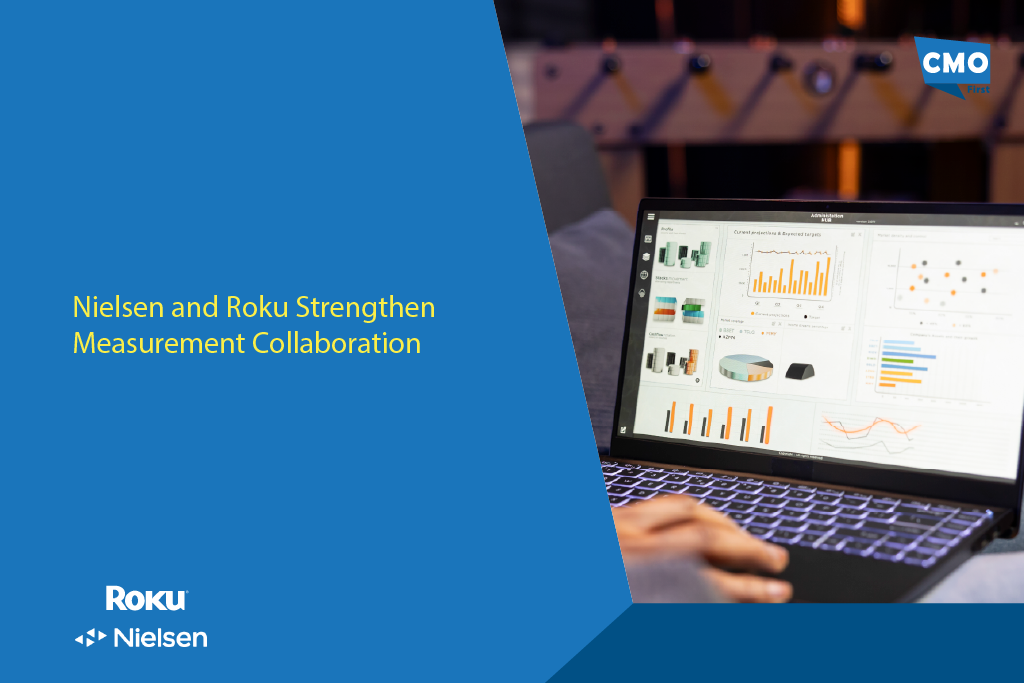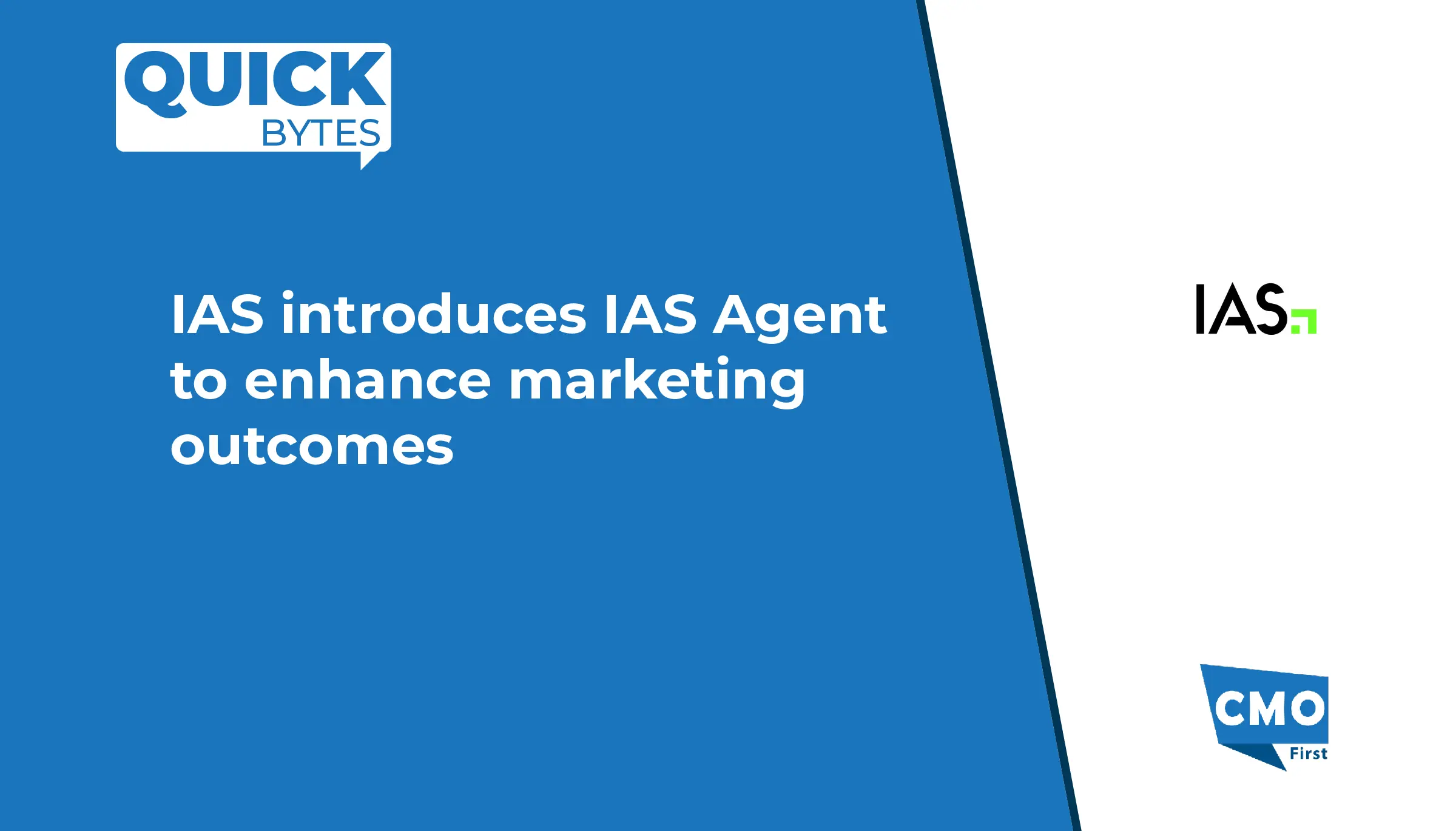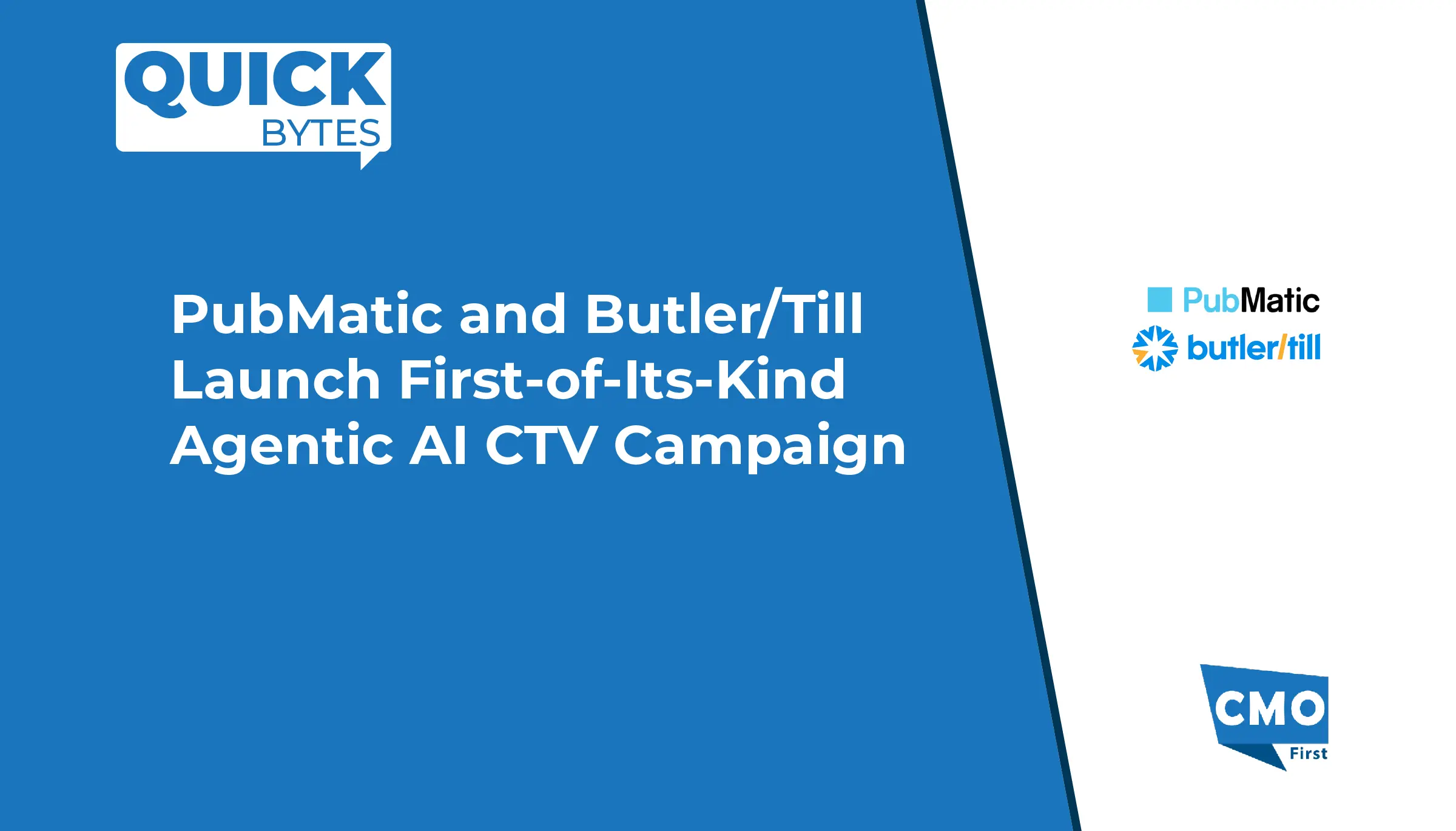M‑Files Corporation introduced Workspaces, a next-generation document-and-content management experience built on its “context-first” platform architecture. Workspaces unites documents, projects, people, and processes. This role-based view helps users avoid navigating through folders and disconnected systems. This launch is a big change for the Content Management industry. It also impacts businesses that rely on large-scale content.
What’s New
Workspaces is described by M-Files as a “business application and user-experience layer” that sits atop its metadata-driven platform. Key highlights include:
-
Context-first navigation: Users start with a project, client, or process. They immediately find all related documents, stakeholders, and activities. There’s no need to sift through folders.
-
Unified view of work: No more switching between apps. A single dashboard displays content, tasks, people, and status. It also connects deeply with CRM, ERP, and key business systems.
-
AI-powered insight: Workspaces uses M-Files’ AI engine, Aino. It leverages contextual metadata for better automation, insight, and compliance.
-
Friction-reduction: The goal is to spend less time searching and more time doing. This is key for knowledge workers. They often spend their day finding information rather than creating value.
Why This Matters for the Content Management Industry
In an industry where managing volumes of unstructured content remains a persistent challenge, Workspaces signals several important shifts:
-
From Document Storage to Context-Driven Workflows Traditional document management systems focus on storage, governance, and retrieval. Workspaces transforms content management into a contextual experience. Content isn’t just a file anymore; it’s part of a dynamic workspace linked to business objects and processes.
-
Breaking Silos, Enabling Collaboration Content-management platforms often face challenges. This is because information gets spread out. It’s found in emails, file shares, SharePoint sites, and CRM records. Workspaces connect documents with business objects like projects and clients. This boosts collaboration and cuts down on context-switching.
-
AI Goes Contextual Many content systems deploy AI on bare text. M-Files Aino benefits from the metadata-rich model behind Workspaces—meaning AI recommendations, automation and compliance monitoring are grounded in what business object this content is attached to. This elevates the value of AI from generic to business-specific.
-
User Experience Becomes Strategic In content management, adoption is the enemy of complexity. By creating a role-based, intuitive UI that centres on what people do, Workspaces addresses a common failure point: poor user experience. The implication for vendors in the industry: UX matters as much as features.
Impacts on Businesses Operating in the Content-Management Space
For organisations that rely on content-whether consulting firms, legal departments, manufacturing units or service organisations-this launch offers meaningful benefits and also raises strategic considerations:
Operational Benefits:
-
Faster access to relevant content: Workspaces let users begin at the client or project level. They quickly see related documents and tasks. This cuts down on search time and boosts productivity.
-
Linking content to business objects like contracts and projects improves consistency and compliance. It ensures governance rules, version control, and audit trails are followed.
Also Read: Crest Data Earns AWS Cloud Operations Competency and Launches Migration Acceleration Service
-
Improved teamwork across functions: Workspaces connects with ERP and CRM systems. This lets stakeholders from various departments share the same view. As a result, it cuts down on hand-offs and misalignment.
Strategic Advantages:
-
Competitive differentiation: Groups with solid context-first content workflows can act fast, share better info, and lower risks. This gives them a competitive edge.
-
Platform Readiness for AI and Automation: With built-in metadata and context, businesses can use generative AI and document automation more effectively. This setup also makes it easier to gain insights. Overall, it helps future-proof their content infrastructure.
-
Reduced reliance on search-heavy workflows: Workspaces start with context, not search. This lowers cognitive load and speeds up tasks. It’s vital since knowledge workers have less time.
Challenges to Address:
-
Change management: Transitioning from folder-based to context-first workflows needs user training. It also requires changing behaviors and aligning business objects with content architecture.
-
Metadata and Modeling Discipline: Organizations should invest in defining business objects, metadata models, and taxonomies. Without this foundation, the value of a context-first approach decreases.
-
Integration Efforts: Workspaces offers smooth connections to CRM and ERP systems. Setting up these links and keeping data consistent takes some initial effort.
-
Vendor and Ecosystem Alignment: Businesses should ensure their content tools—such as DAM, CMS, and workflow engines—support a context-first approach. If not, they might be stuck in old ways.
What Businesses Should Do Now
To make the most of this development in the content-management industry, organisations should:
-
Audit current content workflows: Identify how often users spend time searching, retrieving or reconciling content across systems. This will highlight the pain points that context-first platforms like Workspaces address.
-
Map business objects and content relationships: Define what “context” means in your environment—projects, clients, assets, cases—and evaluate how documents and processes relate to those objects.
-
Pilot with valuable use cases: Select one area, like client projects or contract management. This is where the context-first workflow can provide early benefits. Measure the reduction in search time, user satisfaction, and improvements in compliance.
-
Invest in metadata governance. Make sure taxonomies and metadata models exist. This way, content can be linked to business objects. Then, it can be effectively used by AI and automation.
-
Align your content tools with context-first thinking. Check your CMS, DAM, and document management systems. Plan how to work together as a context-first platform. Move away from traditional folder-based systems.
Conclusion
M-Files Workspaces represents a key step in content management. It moves from static file storage to dynamic, context-driven workspaces. For organizations with many documents and projects, the benefits are clear. They get better collaboration, spend less time searching, and build a strong base for AI and automation.
This launch shows a key trend in content management. Context-first design, role-based UX, and AI-driven workflows are the future. Businesses that embrace this change will handle complexity better. They will improve productivity and adapt to new challenges.























Leave a Reply